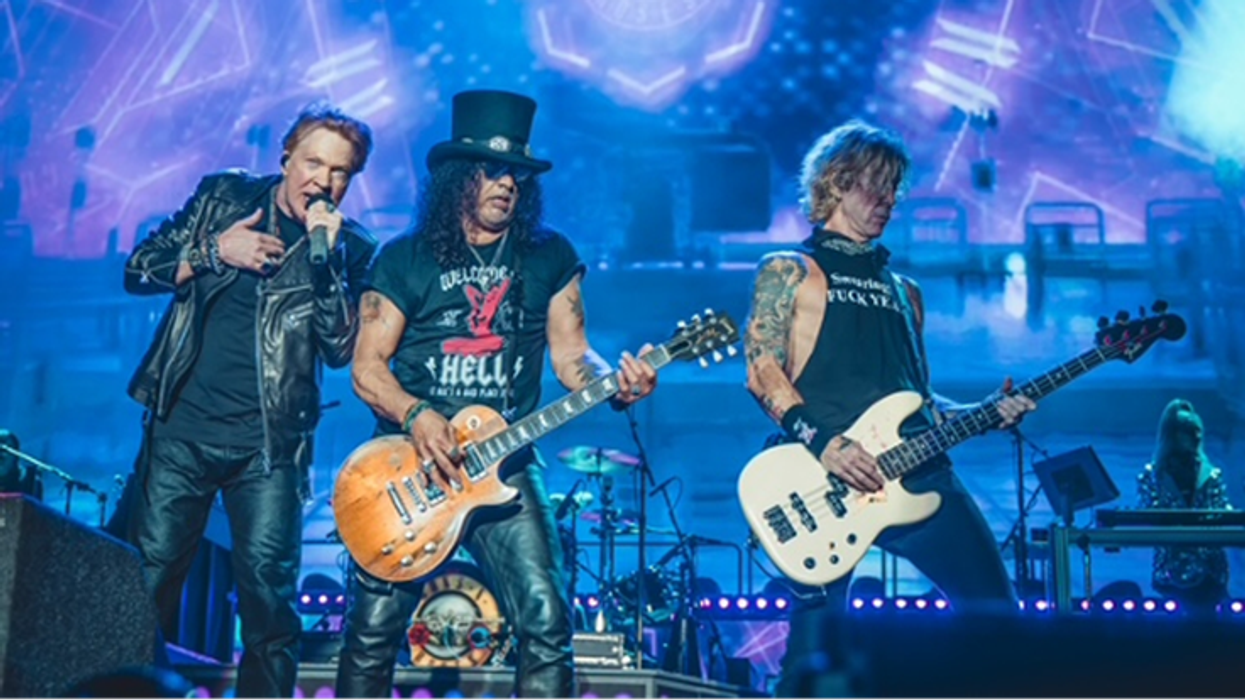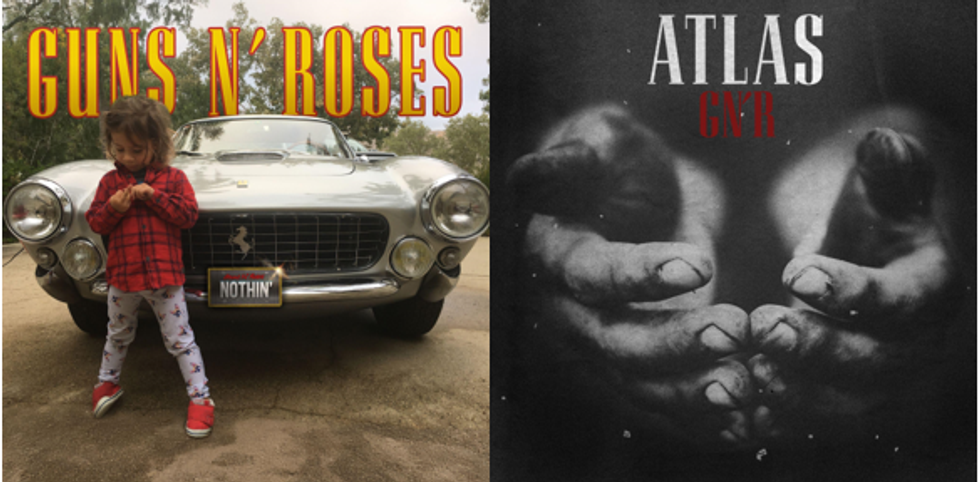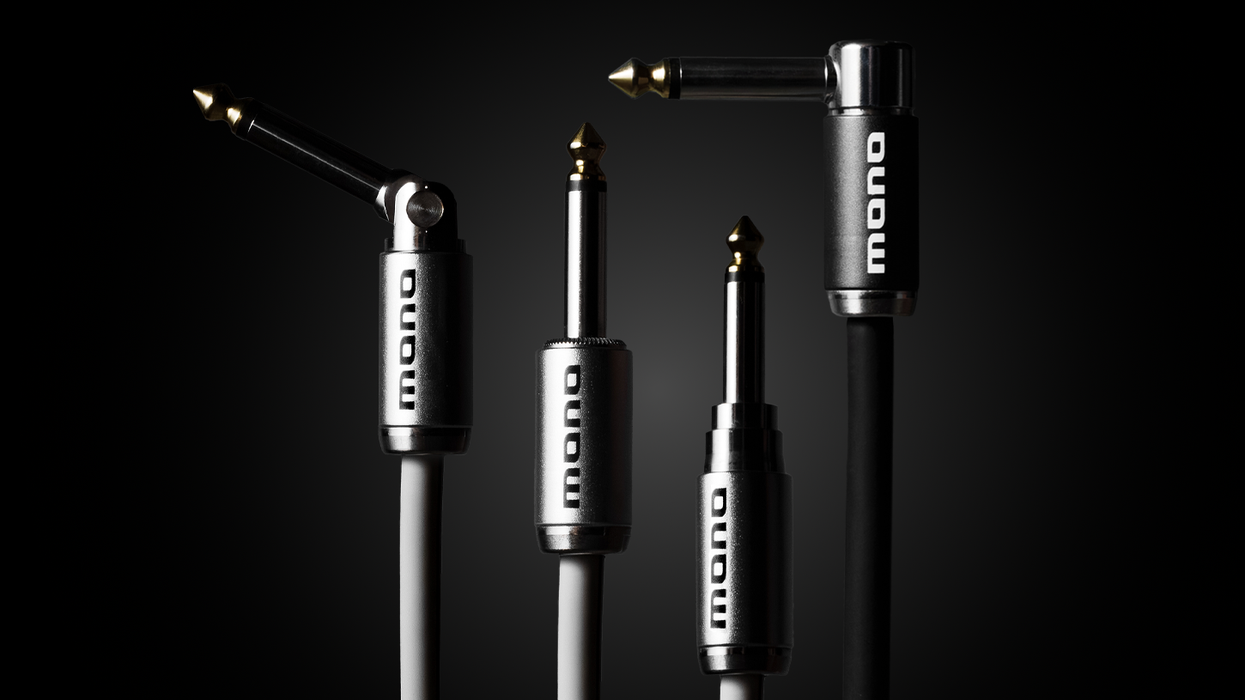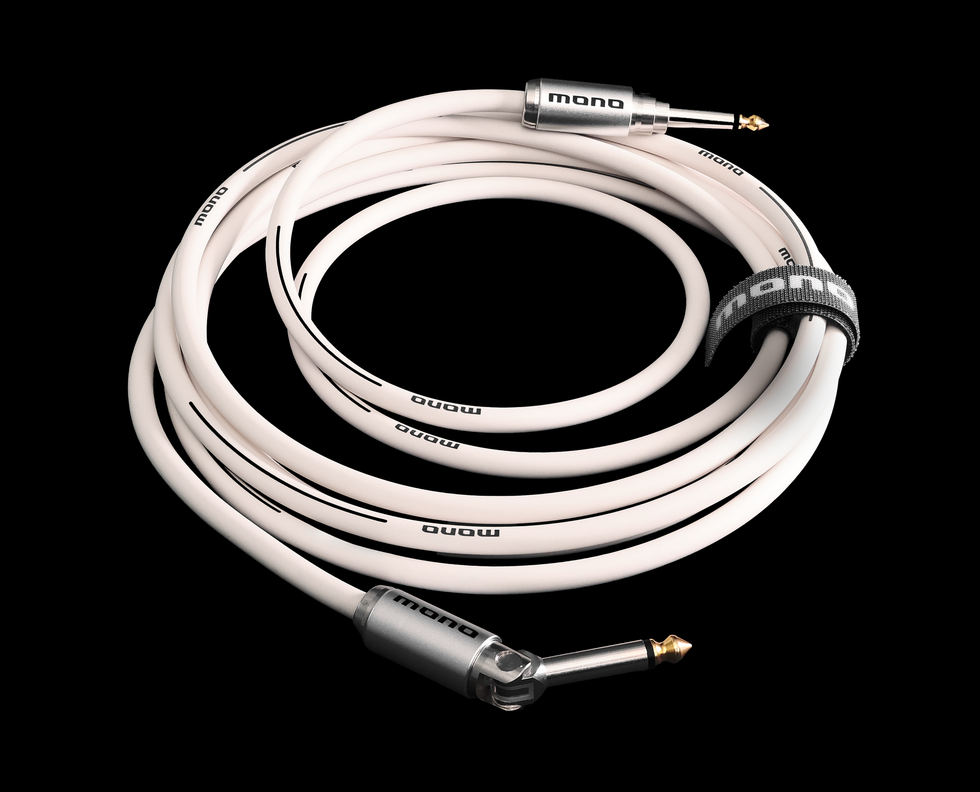A short while ago I had the privilege of working with one of the Midwest’s best backline suppliers for concerts. I enjoyed seeing how they did things and quickly realized why they have become so popular with regular tour acts.
For those of you who have never heard the term “backline,” it is an industry term for a company that provides the instruments the band plays during the show and sometimes the in-ear and stage monitoring systems.
The Advance
Approximately one week before the show the sound and lighting company (that would be me in this instance) gets a call from the band’s tour manager. In this particular case, the tour manager was also the owner of the backline company. We discussed what he had for instruments, what he would need me to provide, and anything that may have changed or been added to the equipment portion of the band’s rider since the signing of the contract. He then called the venue where the show was to take place and verified all the contract details. He received directions and load-in information, including the time of load-in and the number of loaders to help at the show.
The Specifics
In each of these conversations, the manager confirmed specific and important details like the number of lighting instruments available and particular gel selections for the stage. He also went over a lighting plot and provided the lighting designer/technician with color selection numbers. He also discussed the number and location of the followspots and operators and specified clearcom headsets for communication purposes.
He then talked about sound needs, discussing the boards we were using at the front of house and at the stage monitor position. We talked about any special hookups he needed, as well as any special effects. He also provided an input list of all the instruments, complete with mike selections preferred and possible substitutions. We were also provided with a stage plot with locations of all instruments, monitors and their power needs. With that done, he told us when to expect him at the show and gave me a professional and cordial goodbye.
The Performance Day
When the day finally arrived, Mr. Tour Manager showed up at the venue at the agreed upon time and introduced himself to everyone. He took a quick look around to size things up and develop a setup plan before lining up his loaders and putting them to work. One of the men sent out the cases from the truck while the manager directed the loaders where to place things on the stage and how to uncase them. He made sure to establish a good location beside the stage for a workspace, as well as a storage area for empty cases and lids. He kept this area clear of sound, lighting and clutter.
As soon as everything was on stage in its place, he directed the placement of power hookups, mike stage boxes, stands and so on. After placement was done, he worked on getting the band’s gear set up exactly as they wanted it and began adjusting the monitor and in-ear systems for the proper volumes and tones. As any questions or glitches popped up he solved them quickly and professionally.
Mr. Tour Manager did his job so well that the band never showed up for a bona fide sound check. And better yet, the show went off flawlessly with no complaints from the band. When the show was over, the band was off stage and the financial business was taken care off, he directed the tear down and casing of all the band’s gear. All the cases were numbered and cases with drawers of cords and small items were given inventory tags, listing their exact contents.
Each case was then loaded into the truck according to its number and the packing diagram located inside the truck. This was all directed by either the tour manager or his second in command. In a little over an hour after the band had left the stage, the tour manager and the road crew were giving us all professional thank you’s, handing out business cards, and heading for the door. Within another half-hour they were in a hotel with another full day of rock and roll work done with many happy fans and one happy band left sleeping soundly in their beds … or partying until dawn, depending on the personalities involved!
Well, there’s a look at just another day at the rock and roll office. If you’re on tour, planning to go on tour, or working at the venues themselves, hopefully you were able to pick up a few tips and pointers from this. Remember that professionalism is key.
Until next time, keep it turned up!
Andy Anderson
Concert Sound
515-291-0464
www.concertsound.org
andent@lvcta.com















